It was the chilly winter night of 7 June 1893 that an act of racial discrimination against a young Indian lawyer in a faraway land triggered a movement like none other that history had witnessed - but which half a century later led the world’s most powerful empire to bow out of a nation it had ruled over for 200 years.
Pietermaritzburg became a part of that history 125 years ago when a diminutive man, named Mohandas Karamchand Gandhi, arrived in South Africa for a year for legal representation of a trader. But in an incident shortly after arriving - and despite holding a valid ticket - he was thrown out of a first-class train compartment and dumped at the train station after a white man had objected to the presence of a ‘coloured’ person. The train conductor had ordered Gandhi to move to the van compartment at the end of the train, but he refused.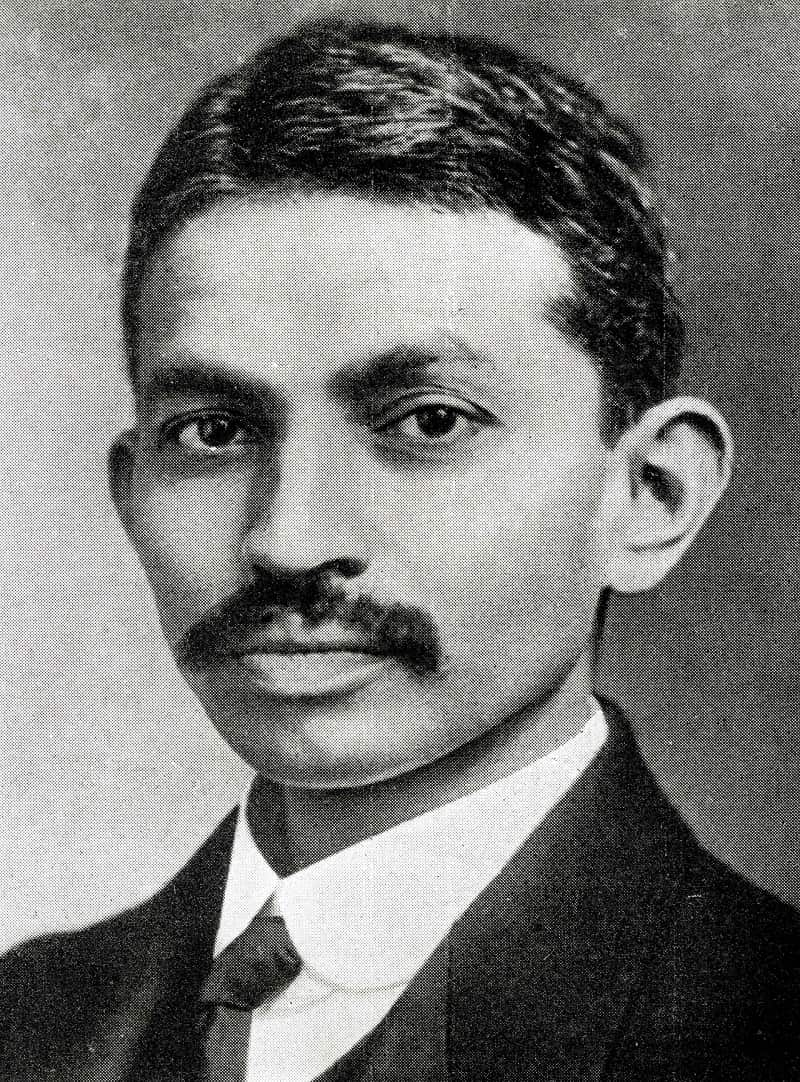 The incident led Gandhi - later to become known as the Father of the Nation in India - to fight the discrimination against people of colour in South Africa.
The incident led Gandhi - later to become known as the Father of the Nation in India - to fight the discrimination against people of colour in South Africa.

A head and shoulders shot of Indian spiritual leader Mahatma Gandhi, wearing European clothes. Source: Popperfoto/Getty Images
“Should I fight for my rights or go back to India, or should I go on to Pretoria without minding the insults, and return to India after finishing the case?” he ruminated.
Shivering through that winter night in the waiting room of the station with no lights on, Gandhi decided to stay on in South Africa to fight the racial discrimination against Indians with his unique 'Satyagraha', a non-violent resistance.
"It would be cowardice to run back to India without fulfilling my obligation. The hardship to which I was subjected was superficial – only a symptom of the deep disease of colour prejudice. I should try, if possible, to root out the disease and suffer hardships in the process.”- MK Gandhi in The Story Of My Experiments With Truth
Thus began Gandhi’s Satyagraha – a non-violent movement in South Africa which saw many campaigns, including the founding of the Natal Indian Congress.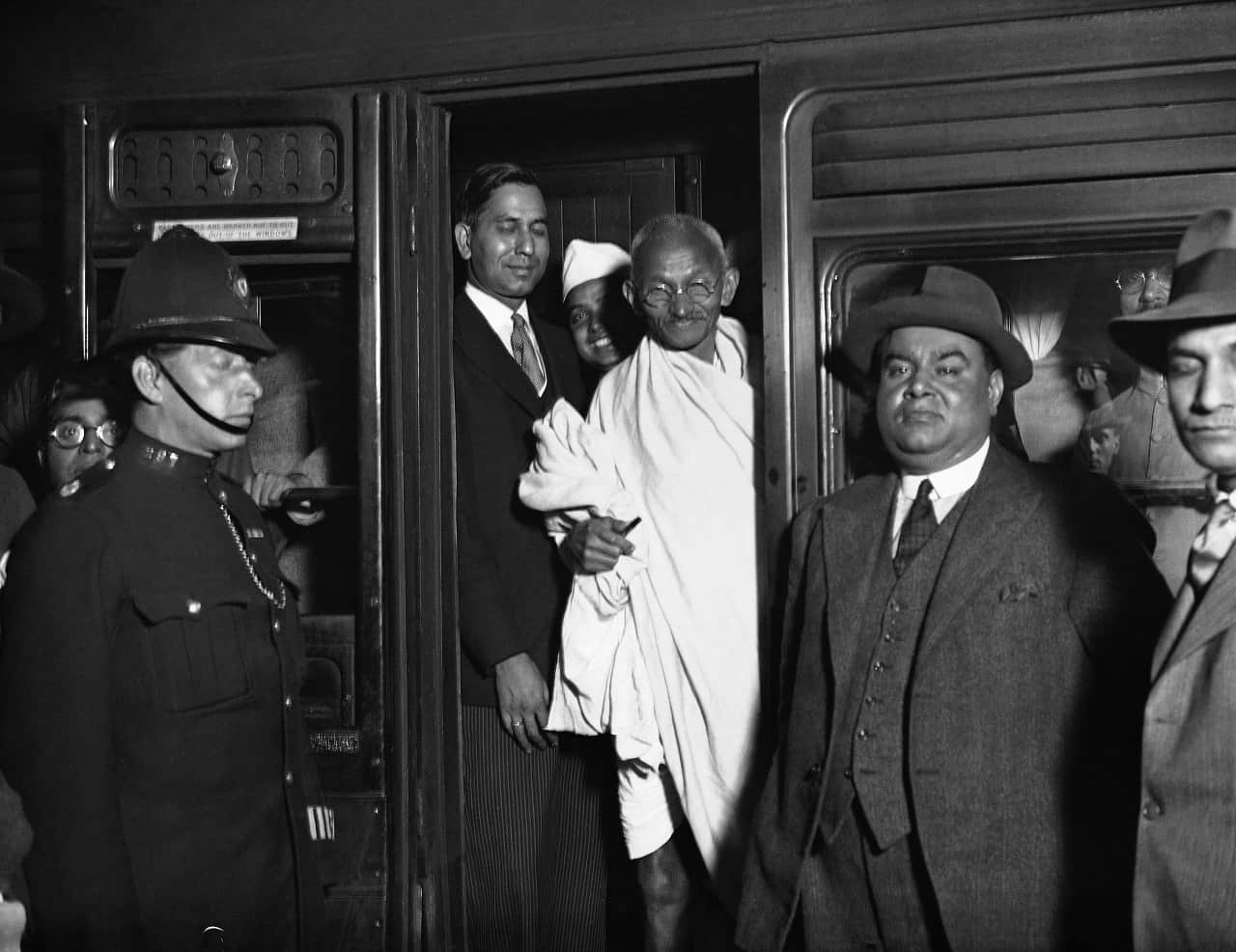 Gandhi continued his active Satyagraha after he moved back to India 20 years later and directed his non-violent resistance at the British rulers of the country.
Gandhi continued his active Satyagraha after he moved back to India 20 years later and directed his non-violent resistance at the British rulers of the country.

Mohandas Karamchand Gandhi, center, left Euston Station, London to travel to the Lancashire to see the cotton workers on Sept. 25, 1931. Source: AAP
At the time when the world was engulfed in World War One, his doctrine of non-violence was unique. It was effective in mobilising millions of Indians despite him warning his followers to be ready for hardships in following in his footsteps. The only weapon he ever wielded to humble his opponents was the fasts during which he only consumed water and bicarbonate of soda.
"Those who are in my company must be ready to sleep upon the bare floor, wear coarse clothes, get up at unearthly hours, subsist on uninviting, simple food, even clean their own toilets.”- MK Gandhi quoted in Freedom at Midnight
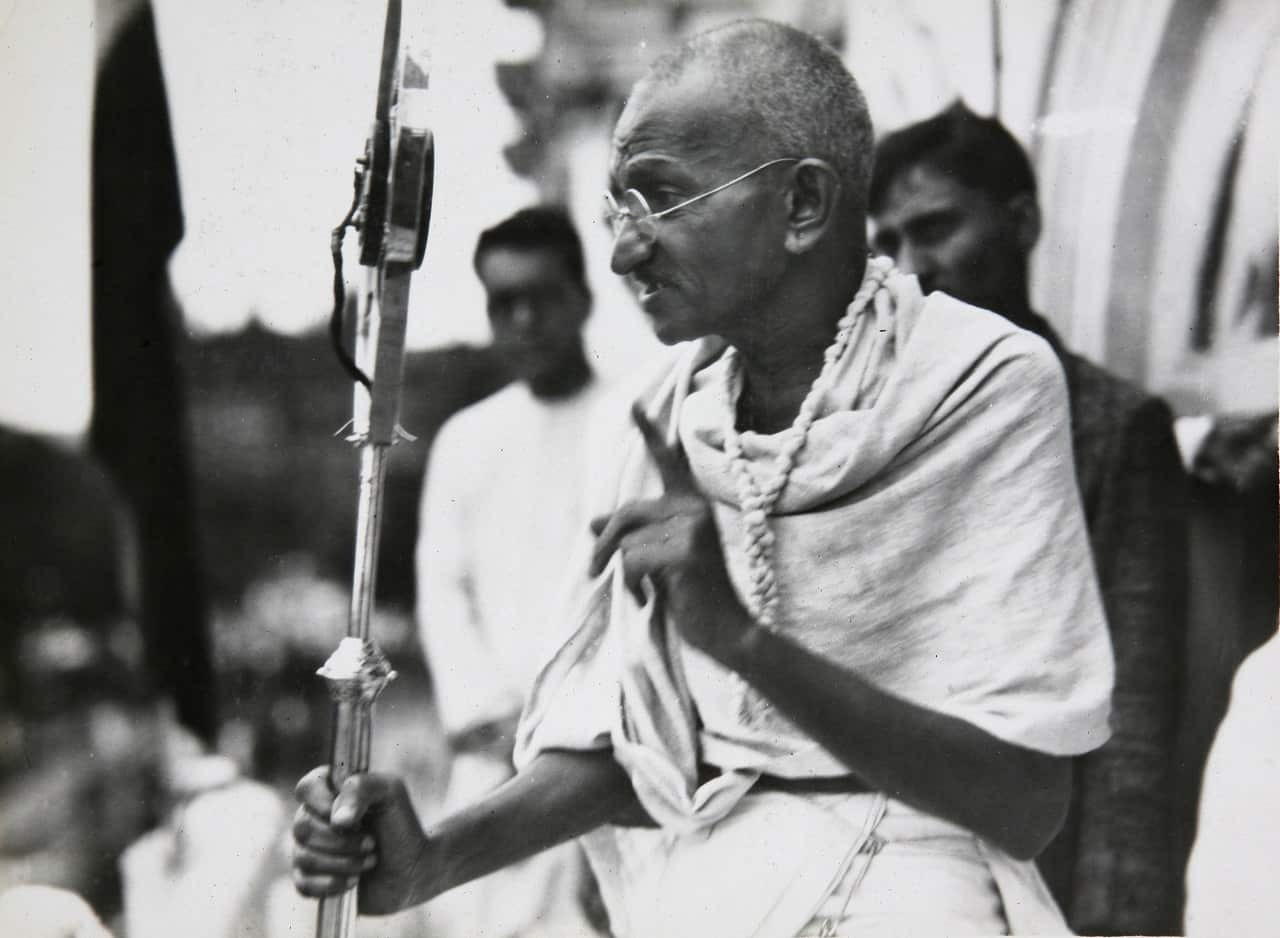
Mahatma Gandhi ca. 1931. Source: AAP
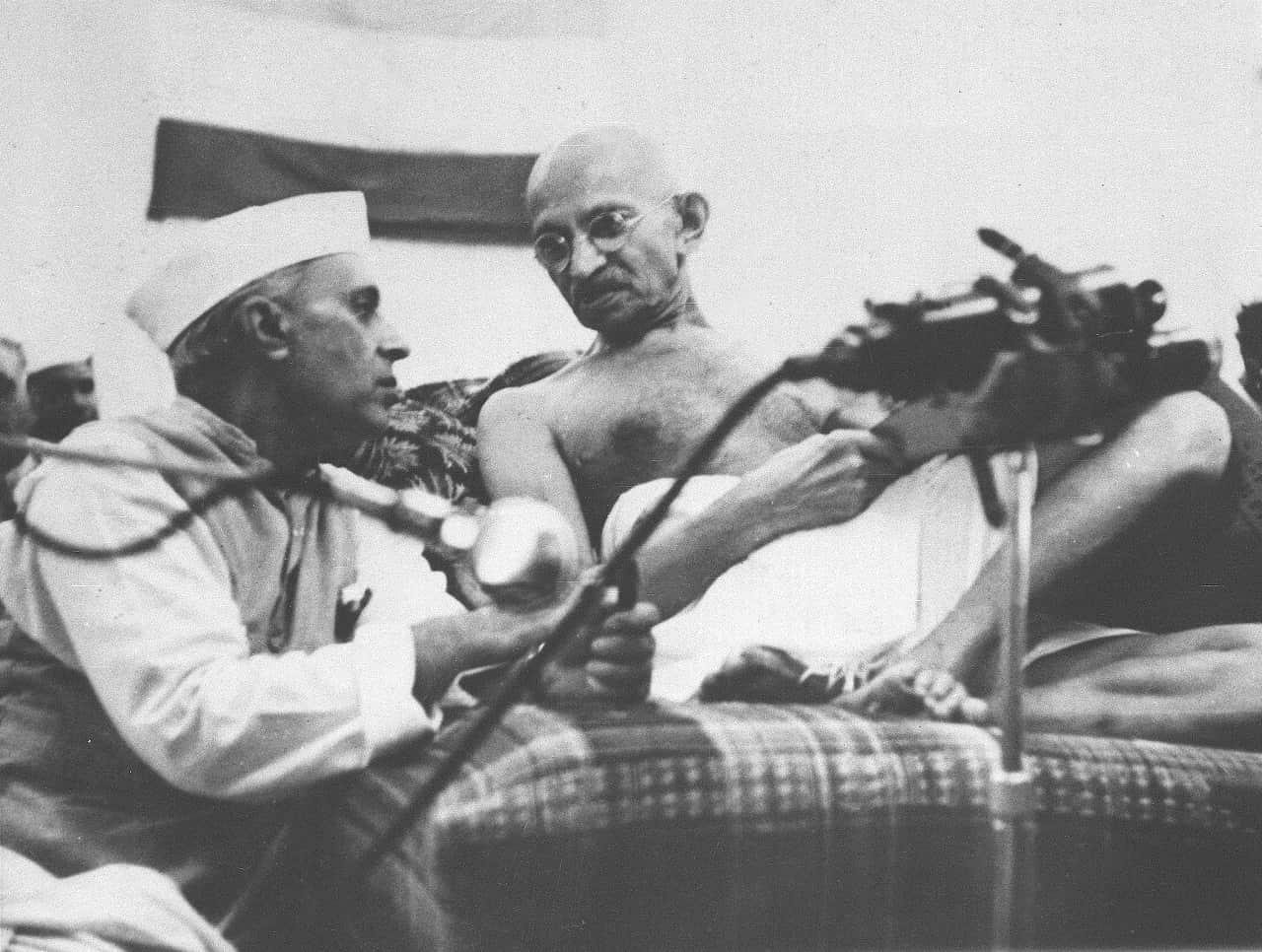
Jawaharlal Nehru, left, and Mahatma Gandhi at a session of the Indian National Congress in Bombay, India, a few hours before their arrest on Aug 8, 1942. Source: AAP
'As relevant today'
The Immigration Museum in Melbourne, where an exhibition on Gandhi is currently underway, is hosting a panel to mark the 125th anniversary of the Pietermaritzburg incident.
Daizy Mann, a social entrepreneur, and one of the speakers at the event says Gandhi is as relevant today as he was a century ago, and there’s much to learn from him, especially about personal transformation.
“Gandhi himself transformed as a person, his views throughout life transformed. As Ela Gandhi authentically shared at the launch of the magnificent exhibition, Gandhi himself was not pro women’s rights but later in life he too transformed his views,” Ms Mann told SBS Punjabi.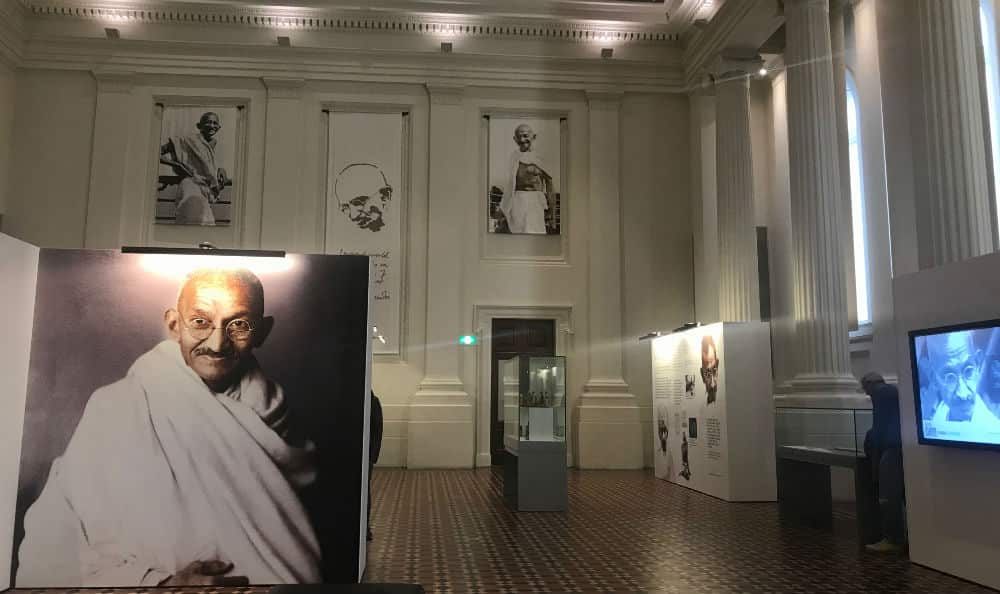 "The most compelling thing about Gandhi was his ability to lead a revolution and gain such widespread momentum. If Gandhi could do it in an era without internet, young people are well equipped and even more powerful today to create the change they wish to see in the world by starting global movements,” she added.
"The most compelling thing about Gandhi was his ability to lead a revolution and gain such widespread momentum. If Gandhi could do it in an era without internet, young people are well equipped and even more powerful today to create the change they wish to see in the world by starting global movements,” she added.

The Gandhi Exhibition at the Immigration Museum in Melbourne. Source: SBS Punjabi
“What we ultimately can learn from Gandhi is that it takes willpower, persistence and not settling for the status quo to start a movement.”
Share


